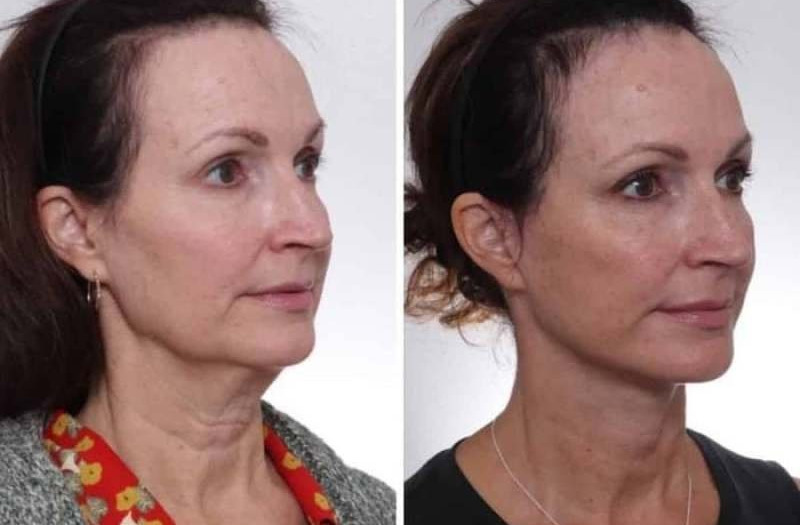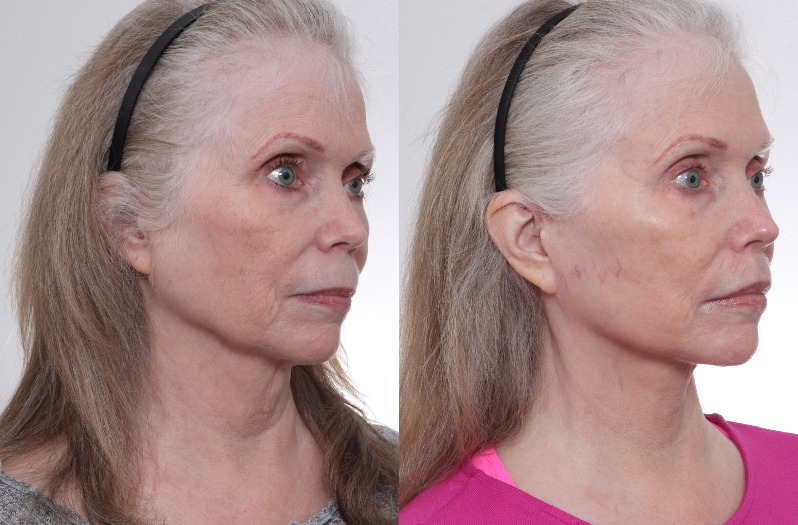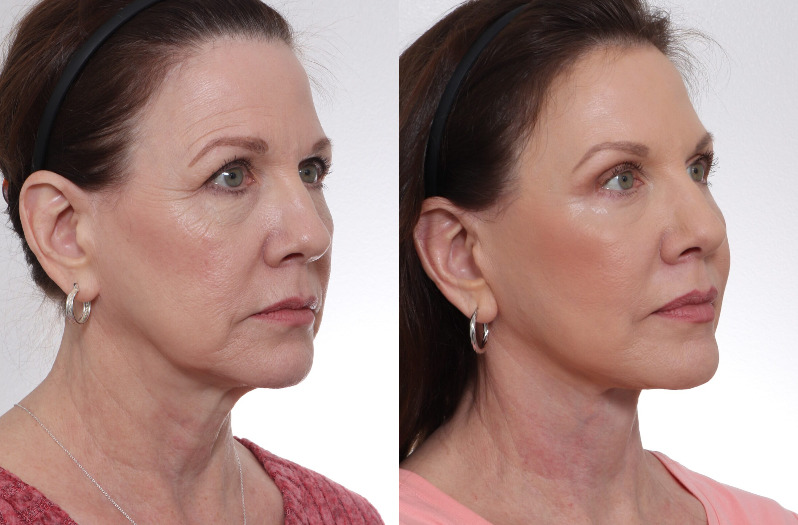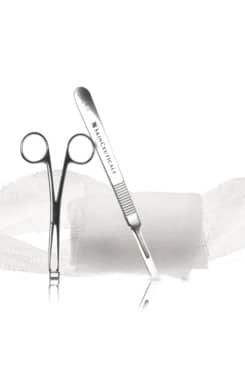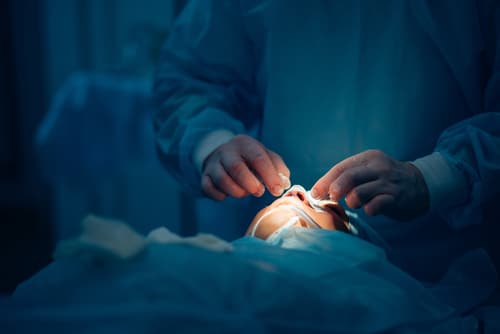Spotting Signs of Aging: Choosing the Best Facelift Option For You
Posted January 10, 2018 in Facelift

Today, dealing with the earliest signs of aging is relatively simple and straightforward. A range of injectable treatment options, such as Botox and dermal fillers, have given younger patients the ability to correct numerous superficial flaws. At the same time, however, we cannot rely on nonsurgical procedures forever. Eventually, skin laxity and issues with the underlying musculature of the face become severe enough to make surgery necessary.
How Do I Know if I Need a Facelift?
The key to successful anti-aging treatment lies in being able to spot the signs of deeper aging as soon as they emerge. If you are experiencing any of the following issues, then you probably require facelift surgery:
- You have noticeable jowls. Jowls occur when skin laxity and the sagging of the SMAS (Superficial Muscular Aponeurotic System) combine, causing the skin to “hang” off the jaw while fat from the mid-face region travels downward. Because jowls are caused by deeper structural issues rather than problems with the condition of the upper layers of the skin, they’re a strong sign that a facelift is needed.
- You have a distinct fold of loose skin that starts beneath your chin and extends down the front of your neck. While this issue can sometimes be mistaken for a double chin (especially if the patient also has a significant deposit of submental fat), it’s actually caused by severe skin laxity. While some patients in this situation only need a neck lift, most need both a facelift and neck lift (the skin on the face and neck tends to sag at the same rate).
- You notice that your eyes are drooping. Like a neck “wattle,” drooping eyelids are the result of loose skin and must be corrected surgically. Eyelid surgery, also called blepharoplasty, can be performed at the same time as a facelift. Doing so is important as it’s the only way to ensure that you retain full peripheral vision.
Which Facelift is Right For Me?
Adding to the confusion that many patients experience when investigating facelift surgery for the first time, there are a number of different facelift procedures in use today. From the SMAS facelift to the deep plane facelift, mini facelift, short scar facelift, nonsurgical facelift, thread facelift, and more, patients today are faced with a dizzying array of choices.
Here at Gilpin Facial Plastics, we strongly recommend that patients dealing with the advanced signs of aging start with a deep plane facelift. Why? Unlike a conventional facelift, the deep plane facelift does not simply stretch and smooth out the patient’s skin. Instead, Dr. Gilpin works with the deeper tissues (also called the SMAS), repositioning the facial muscles, fat, and supportive tissues so that they sit higher on the face—just like they used to. Once the SMAS is in place, loose skin is removed from the face and neck. However, at no point in this process is the skin “stretched” at all; instead, it’s draped evenly over the SMAS. This creates a flawlessly natural appearance; because the skin is not pulled tight, you will not look “windswept” at all after having a deep plane facelift. You’ll still look like yourself—just ten to 15 years younger.
Deep plane facelifts last much longer than conventional facelifts because they address the underlying causes of facial aging, rather than simply masking the superficial signs. You can expect the results of your deep plane facelift to last at least a decade, if not longer. At the same time, however, you should be aware that because skin laxity increases with age, you may notice minor looseness 5-7 years after you have a deep plane facelift.
Fortunately, there’s another procedure (called a mini facelift) that can “touch up” your facelift results at this juncture. During a mini facelift, small incisions are made in front and behind the patient’s ears, then the lower face area (where skin looseness is most visible) is lifted. Because this procedure is less invasive, you will not have to rest for a significant amount of time afterwards and you will not experience much pain or discomfort. All of these factors will allow you to return to your normal activities soon after you have a mini facelift.
Patients who have a mini facelift in an attempt to avoid full facelift surgery are seldom happy with the results they get. Conversely, patients who have the procedure they truly need first—a deep plane lift—and then use the mini lift for maintenance purposes report a high rate of satisfaction. When it comes to dealing with the signs of aging, it’s clearly important to do things right the first time and then continue to build on that success.
A Facelift with Dr. Gilpin
Schedule a Consultation
If you are considering a Facelift or Mini Facelift, at our Nashville office, contact Dr. David Gilpin at 615-551-9823 or fill out our online form.
Return to OverviewHAVE A QUESTION?
Are you looking to enhance your appearance and boost your confidence? Complete this form to learn more or schedule a consultation with one of our experts at our Nashville, TN office. From facial plastic surgery to lasers & aesthetics, we offer a variety of services that help you put your best face forward.
Ask a Question
